Many routine but important medical services today are far more convenient to obtain than they were a generation ago. Home pregnancy tests, personal blood glucose test kits, and flu shots at retail pharmacies are examples of health care functions that once required a visit to the doctor. Phone and tablet applications are allowing consumers to monitor everything from calorie intake to vital signs. Nurses, nurse assistants, and pharmacologists provide services once reserved for physicians.
So how could these types of conveniences transfer to mental health services?
America has begun an in-depth examination of the state of our mental health care system, and whether and how reforms could prevent such tragedies as the recent mass shootings at a Newtown, Conn. elementary school. This stands to foster a deeper public understanding of mental illness and treatment. And ideally it will show that mental health care reform has implications far beyond violence prevention.
But if we are going to have a serious national dialogue about our mental health care system -- as the Obama administration, in the wake of the Newtown tragedy, has committed to leading -- we need to examine interventions that extend far beyond the therapist's couch.
Most people suffering from mental disorders are no physical threat to others. But it's a sad fact that most individuals experiencing mental illness receive no psychological services whatsoever. Social stigma, cost, and lack of access in many pockets of the country thwart most people in need of help from ever seeing a professional.
Psychological researchers and practitioners have made remarkable progress in developing effective, empirically validated mental health treatments over the past few decades. However, far too many people will never get the psychological intervention they need if we retain individual therapy as the dominant form of treatment.
First, we need to rethink how treatment is delivered. New applications of Internet-, phone-, and smartphone-based technologies allow treatment to be delivered in ways that reach many more people in need. While some technology-based approaches may simply make one-to-one psychotherapy more accessible (for example, sessions with a psychotherapist over Skype), other approaches may not require a patient-therapist relationship at all (such as smartphone applications that promote mood monitoring and self-awareness). Technology seems to make it easier for people to stay in treatment: Research suggests that people are less likely to drop out of interventions when they are technology-based.
Second, we need to rethink where treatment takes place. Mental health care does not have to take place on a therapist's couch. Integrating aspects of mental health treatment into doctors' offices, community centers, schools, and welfare centers can help providers to reach individuals who might not otherwise seek out mental health services.
Third, we need to rethink who delivers treatment. This does not mean that a professional therapist can be replaced by a person off the street, but there are many important and effective aspects of mental health treatments that can be carried out by people who do not have specialized degrees. Lay health advisers, parents, members of the community, and other nontraditional providers can help to deliver prevention and treatment interventions that will reach many people.
This is not to say that everyone can be treated via their smartphones, that mental health professionals do not need brick-and-mortar offices anymore, or that any treatment can be delivered by a non-professional. There are obstacles inherent in any single mode of delivery. But by offering many different treatments in many different ways, we dramatically increase the chance that some form of treatment will be accessible to every person in need.
Rethinking treatment delivery will also entail bringing other disciplines into the fold. Insights from fields like mathematical modeling, technology, diet and nutrition, epidemiology and public health will have enormous importance in identifying ways to provide service under many different conditions (e.g., economic) and contexts (e.g., culture).
These treatments cannot do much good, though, if people do not have access to them. Developing a portfolio of treatment delivery models that vary in cost, that are disseminated in different ways, and that can be delivered on a large scale will help overcome barriers to access that seem to be outside the control of any one discipline.
For more by Alan Kazdin, Ph.D., click here.
For more on mental health, click here.
For more healthy living health news, click here.